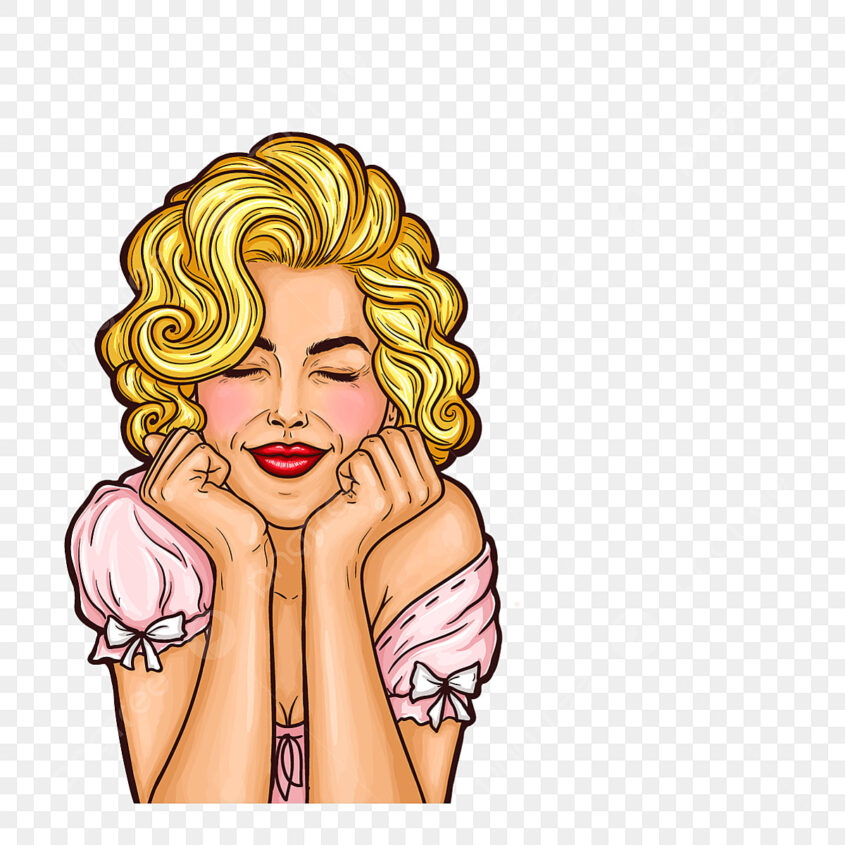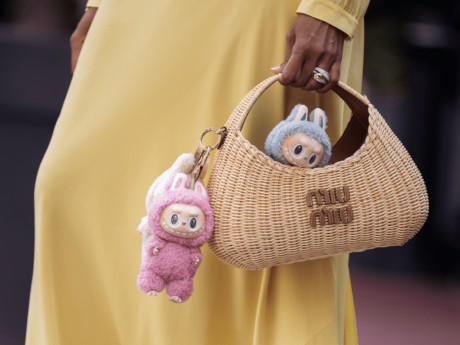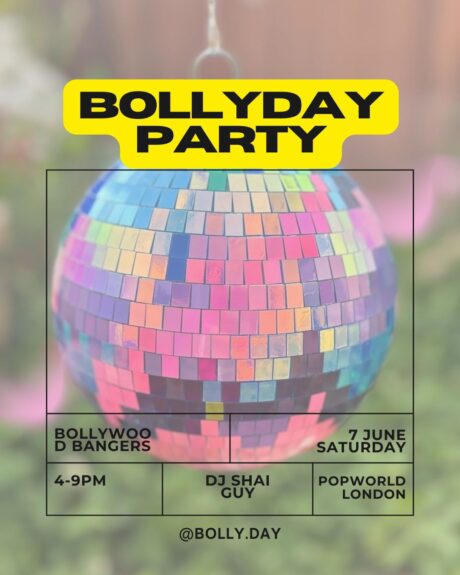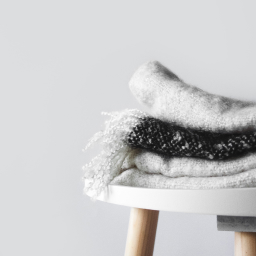Before You Ghibli-fy Yourself Again… Read This First

Hola Sugarcups, The Ghibli AI Craze, Explained (By a Sucker Who Fell for It, Too)
Real talk— I fell right into the trap. One minute I’m sipping oat milk coffee, scrolling through TikTok, and the next minute I’m transforming myself into a Studio Ghibli character like I’m about to board the Catbus. And honestly? It was adorable. Wholesome. Dreamy AF!

But then the existential dread set in (of course it did). I stopped and asked myself: Hold on… what do I just give to this AI tool? And more importantly, what’s it going to do with my face?
So let’s talk about this Ghibli AI explosion — and the thing everyone wishes we didn’t have to talk about: OUR DATA.
Why Is Everyone a Ghibli Character All of a Sudden?
For many of us, Studio Ghibli is a distant core memory — those soft, surreal images, the floating forests, the chaos that can only be described as “quiet.” Hayao Miyazaki’s world is like a warm embrace. So when AI gave us the opportunity to see ourselves in that style, we were like yes.”
The trend hit the big time when Grant Slatton shared a sweet Ghibli-fied family pic to X (Twitter or whatever). His caption? “Tremendous alpha right now in sending your wife photos of y’all made into Studio Ghibli anime.” Boom—44k likes, 46M views. Insta-viral!
Suddenly it wasn’t only art — it was a movement.
So, What’s the Problem?
So here’s the thing: All this AI-bred cuteness? It comes with baggage. Every time you upload your face, you’re not just feeding an algorithm pixels — you’re giving it biometric data. That’s the tech equivalent of handing over your fingerprint and trusting someone with it not to do anything sketchy.
AI tools love your face. High-res selfies? Even better. Such images help refine their models, train facial recognition, and — get this — sometimes even synthesize faces that are eerily similar to yours for other people.
Facial Recognition and Aesthetic Thirst Traps
Daniel Atherton of the Responsible AI Collaborative put it bluntly: Unless there is a very specific “no storage” policy, you should assume your face is here to stay. Forever. For all we know, your Ghibli-style selfie is now being used to teach some A.I. how to recreate faces for deepfakes or surveillance.
Security pros such as Shashank Bajpai say once uploaded, your high-def selfie could become fodder for some creepy digital Frankenstein: identity theft, fake profiles, even spoofing facial recognition systems. Yikes.
Wait…We’ve Been Here Before
Remember Lensa AI? FaceApp? Same story. Viral AI apps provide enticing visuals and ask a good deal more in return. Lensa, for instance, granted itself royalty-free, perpetual rights to your face. They could sell it, re-use it, remix it — and not tell you.
And if you’re thinking, “But I didn’t read that in the fine print” — well, that’s kind of the point. The terms are meant to be vague.
So What Can We Actually Do About It?
Hey, I’m not telling you not to have fun. You wanted to be a Ghibli princess? Go off. But here’s how to do it smarter:
Read (or skim) the Terms — in particular, any section that discusses data use and retention.
Skip apps that ask you to link accounts—more links = more data.
Turn off location tracking + permissions — seriously, it’s not worth it.
Help your friends get educated because FOMO is real life as is data exploitation.
Conclusion (From a Former Ghibli Girlie)
AI art is magical. It’s creative, it’s inclusive, and it allows us to explore identities we might not be able to otherwise. But that doesn’t mean we should lower our guard.
Your face isn’t mere pixels — it’s your digital fingerprint. So the next time you feel the itch to hop on the latest viral trend, ask yourself: What am I giving up for this second of pleasure? Because underneath that cutesy Ghibli filter? There’s an algorithm that’s hungry — and your data is the entree.
Let’s dream, but let’s be smart about it, too. ✨
Until next time
Love,
Jasmin










